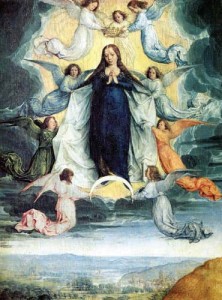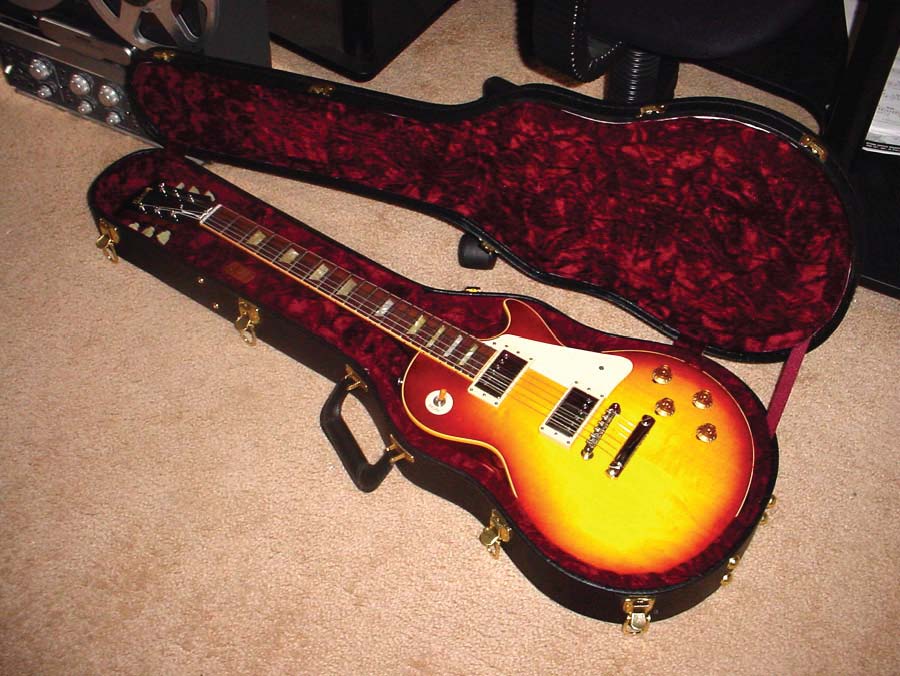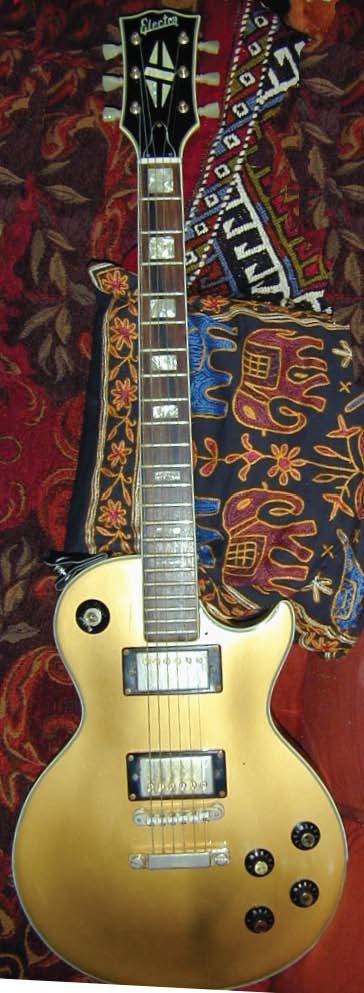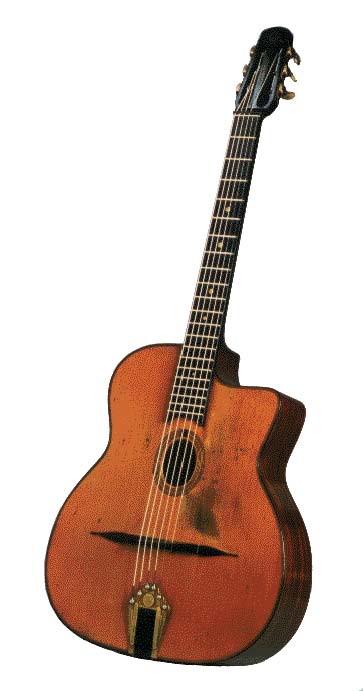
Demain C’est la fête de la Vierge plus précisément la fête de son élévation au ciel.
L’église catholique a établi sous un dogme par Munificentissimus Deus du pape Pie XII l’Assomption de la Vierge Marie Mère de Jésus.
« Enfin la Vierge immaculée, préservée par Dieu de toute atteinte de la faute originelle, ayant accompli le cours de sa vie terrestre, fut élevée corps et âme à la gloire du ciel, et exaltée par le Seigneur comme la Reine de l’univers, pour être ainsi plus entièrement conforme à son Fils, Seigneur des seigneurs, victorieux du péché et de la mort. »
Cet événement est compris comme les prémices de la résurrection des corps, qui selon la croyance de l’Église orthodoxe, aura lieu lors du Second avènement du Christ, comme l’exprime le théologien Vladimir Lossky : “Si Elle resta encore dans le monde, si Elle se soumit aux conditions de la vie humaine jusqu’à accepter la mort, c’est en vertu de sa volonté parfaite, dans laquelle elle reproduisit la kénose (humiliation) volontaire de son Fils. Mais la mort n’avait plus d’emprise sur Elle : comme son Fils, elle est ressuscitée et montée au Ciel, première hypostase humaine qui réalisa en Elle la fin dernière pour laquelle fut créé le monde.”
Elle est nul doute un personnage choisie parmi toutes les femmes pour être la mère terrestre de notre Sauveur Dieu. Sainte Vierge Marie; Priez pour nous pauvres pecheurs maintenant et a l’heure de notre mort.
Nous nous réjouissons ! Et rendons grâce à Dieu.
Today I learnt of the demise of Les Paul at 94. He has left an extraordinary wealth to the world of Music.

Tinkering with electronics and guitar amplification since his youth, Les Paul began constructing his own electric guitar in the late ’30s. Unhappy with the first generation of commercially available hollowbodies because of their thin tone, lack of sustain, and feedback problems, Paul opted to build an entirely new structure. “I was interested in proving that a vibration-free top was the way to go,” he has said. “I even built a guitar out of a railroad rail to prove it. What I wanted was to amplify pure string vibration, without the resonance of the wood getting involved in the sound.” With the good graces of Epiphone president Epi Stathopoulo, Paul used the Epiphone plant and machinery in 1941 to bring his vision to fruition. He affectionately dubbed the guitar “The Log.”
Les Paul’s tireless experiments sometimes proved to be dangerous, and he nearly electrocuted himself in 1940 during a session in the cellar of his Queens apartment. During the next two years of rehabilitation, Les earned his living producing radio music. Forced to put the Pennsylvanians and the rest of his career on hold, Les Paul moved to Hollywood. During World War II, he was drafted into the Army but permitted to stay in California, where he became a regular player for Armed Forces Radio Service. By 1943 he had assembled a trio that regularly performed live, on the radio, and on V-Discs. In 1944 he entered the jazz spotlight—thanks to his dazzling work filling in for Oscar Moore alongside Nat King Cole, Illinois Jacquet, and other superstars —at the first of the prestigious Jazz at the Philharmonic concerts.
By his mid-thirties, Paul had successfully combined Reinhardt-inspired jazz playing and the western swing and twang of his Rhubarb Red persona into one distinctive, electrifying style. In the Les Paul Trio he translated the dizzying runs and unusual harmonies found on Jazz at the Philharmonic into a slower, subtler, more commercial approach. His novelty instrumentals were tighter, brasher, and punctuated with effects. Overall, the trademark Les Paul sound was razor-sharp, clean-shaven, and divinely smooth.
As small combos eclipsed big bands toward the end of World War II, Les Paul Trio’s popularity grew. They cut records for Decca both alone and behind the likes of Helen Forrest, the Andrews Sisters, the Delta Rhythm Boys, Dick Hayes, and, most notably, Bing Crosby. Since 1945, when the crooner brought them into the studio to back him on a few numbers, the Trio had become regular guests on Crosby’s hit radio show. The highlight of the session was Paul’s first No. 1 hit and million-seller, the gorgeous “It’s Been a Long, Long Time.”
The announcement of his death today made me, relived a fantastic period of my life.
Oh ! my youth, my love of Pop music! My passion for music!
The days with a bunch of friends we got together to play music. The grain of entrepreneurship in me got me to convince my friends, with the help of my father, to start a small band: ‘The Boys’. As the leader of the band it was a learning experience of dealing with a variety of people. Hind sight the germs of leadership skills were starting to sprout.

Today I would like to share with you my past passion of the guitar. I was offered a guitar as a birthday present from my parents. It was a black acoustic guitar bought from Venpin store. With my younger brother we took Guitar lessons from Claudio Cassimally who then was a young musician of the Police Band. He was recommended by the Band master Philip Ohsan who was a close friend of my Dad.

Together with another friend who owned a Framus german acoustic Guitar we started practicing together. As our music and dexterity improved, we got more friends with similar interest to join in our jam sessions. The idea of having a band germinated. The days of the all guitar band started to become fashionable with the advent of the ‘SHADOWS’. I convince my Dad to buy us a set of drums and an electric lead Guitar( Egmond) which was driven by an old Radio set to amplify the sound.

Our friend Dasso joined us with his Tesco Japanese ‘Les Paul’ imitation guitar. I went to shop around for a bass guitar, it was far more that we could afford. Lok Wah another friend whose father was a cabinet maker offered to help us to build a bass guitar from kits we could buy from the music stores. A blue formica electric Bass guitar, (Selmer type) after much work was crafted. Thus we completed our sets of three guitars and drums set. My dream was always to own a VOX, Fender or Gibson sets. It remained a dream…






